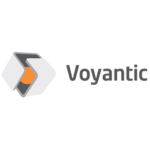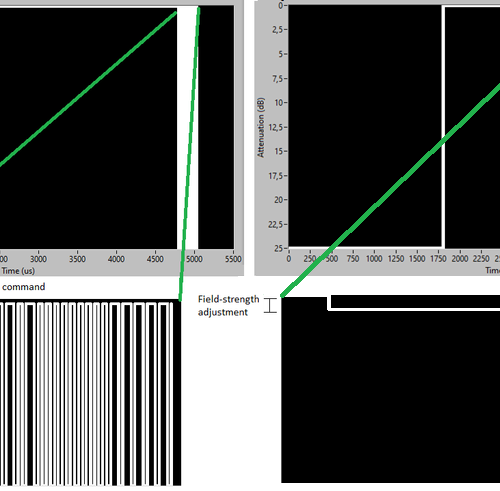RAIN RFID technology has been used for location-tracking applications for a long time. But the hype around IoT has given a new boost to companies exploring RAIN RFID’s suitability as a locating technology. In recent IoT tradeshows, our team has had several discussions about using RFID as an indoor locating (RTLS – Real Time Locating System) technology. So we decided to host a webinar to explore the topic further.
This post summarizes the various RFID-based locating approaches covered during the webinar. Check out the webinar recording to also hear case study examples of utilizing RAIN RFID in locating applications and combining RFID with other RTLS technologies. The webinar guest speakers came from Turck Vilant Systems and Kathrein Solutions.
RAIN RFID as Indoor Locating Technology
Reader-based Location
The most common way to establish a location of an item is to base it on the readers. When you have a fixed reader and you know the location of the reader, you can determine the approximate location of a tagged item based on the reader reporting the tag. The location of the item will be within the set reader zone. For many applications, this approach works, for example in sports race timing applications. The reader could be placed also on a doorway to detect movement in and out, providing the room-level location.
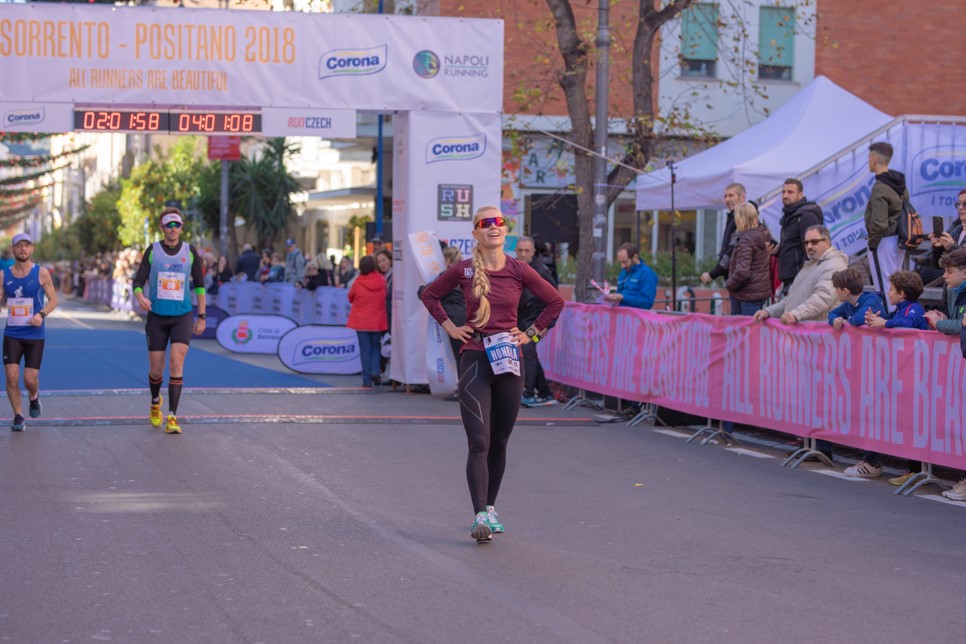
Tag-based Location
A reversed method for reader-based locating is to have tags in fixed locations and track the reader location based on the fixed tag positions. The benefit of this approach is that tags are cheap. It is feasible to put many tags along known paths, for example, in elevators, trains, conveyors, floor tiles, etc. When the reader passes and “sees” a tag, that’s where you place it on the map.
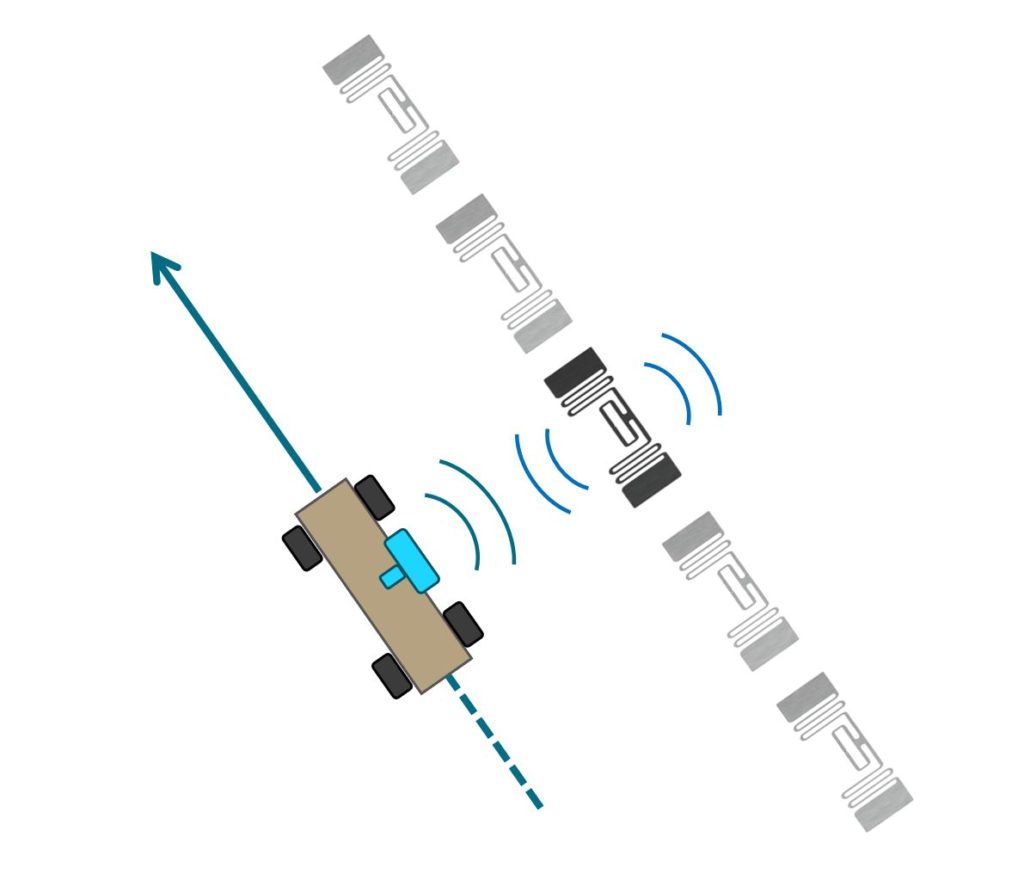
Locating Correct Items
Finding the location of a specific item, where something is, is a very common use case. For example, finding the right part in a warehouse or the right file in a large archive. A new product in the market that helps with this application is an LED tag. To find an item, a hand-held reader sends a select command to the item it is looking for. When a reader “finds” the item it is looking for, the LED on the tag lights up to visually aid the user to locate the item.
The other method is using a “Geiger mode” with a hand-held reader. A reader can be set to show a “getting warmer or getting colder” indication when the reader gets closer to or further away from the item of interest. A sound indication beeping more frequently when the item is closer is often used – hence the method is often labeled as “Geiger counter”.
Reference Location Tags
Another good and common method for locating is to place reference tags in fixed locations where items are stored, for example on shelves and tables, in rooms, and at doorways. When you are doing an inventory with a handheld reader, you are also reading the reference tag in addition to the tags on your items and can determine the location of the items based on the known reference tag location.
Phased Array
Phased array is a fairly new method for locating RFID tags. This technology has existed for decades, mostly in the radar business. Phased array is a type of antenna consisting of multiple small radiating elements within one antenna housing, where controlling the phase difference of the elements allows the transmit beam to be steered in the desired direction. This allows you to scan your environment in different directions to find the tagged items.
Overhead two-directional phased-array readers are becoming more popular. They allow estimating item locations with a single reader mounted on the ceiling, scanning left, right, back and front. The overhead readers work well when the items are big and the room is fairly empty. Shelves and furniture in the room causing reflections and echoes will have an effect on the accuracy.
Triangulation
Using two or more horizontal wall-placed scanning phased-array readers enables determining the location with triangulations. You could also determine the location with one phased-array antenna placed on the wall if you know the angle and the distance range to the item. This technique is still rare and relatively expensive.
Range-based triangulation is a more traditional approach, where two or more readers find the item and can estimate the distance of the item from the reader. The distance data can be used to calculate the location of the item. But estimating the distance with RFID is not that simple. Typically in RF, time of flight is used, but with small distances, the time differences are too small for it to work accurately. Using RSSI is also tricky since it only works in one way. If you get a very high RSSI, you know the item is very close. But if you get a low RSSI, the item can be anywhere, far away, or close.

Phase-based Ranging
Phase-based ranging is a technique using backscatter phase measurement. In this method, you pick a channel and get a reply from a tag. The reply always comes at a certain phase. When you take the next channel or move up in frequency, more wavelengths are going to fit in the path from the reader to the tag and back, so the phase will increase. When you go to a higher channel number, the phase goes up (see the below graph). The phase rate of change is relative to distance and can thus be used to calculate the distance of the tag. If the phase grows fast the tag is far away. If the phase grows slowly when you increase in frequency, the tag is much closer. Regional channel regulations cause challenges for this approach, however.
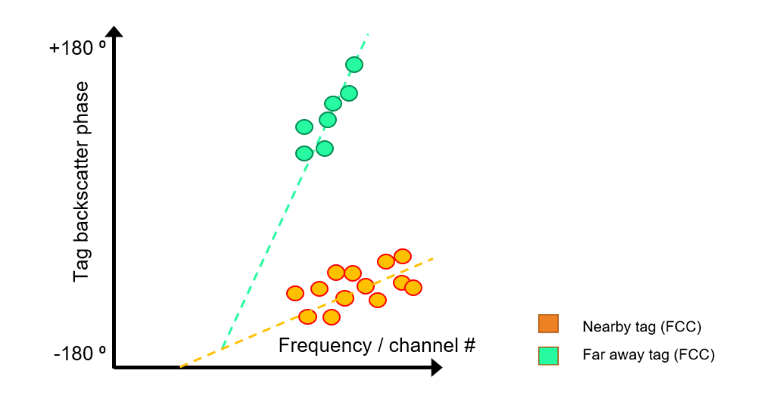
Inventory Robots
Using inventory robot technology for locating items is not very common yet, but it can be a good solution for doing inventory in large retail stores and warehouses, for example. The robot’s location can be tracked accurately with floorplans and rotary encoders, LIDAR, and other technologies. While the robot roams around tirelessly, its antennas can detect tagged items from hundreds of locations on its path. The accurate location of the items can be calculated from those data points in post-processing. This method is optimal when the items don’t move. Luckily the robots do not mind pulling an all-nighter, allowing the inventory rounds to be completed during the night.
In Practice – A Combination
Usually, a combination of methods is the best approach. One RFID tag can be located through any of the methods. Let’s use a hospital as an example:
- It may be enough to know that a piece of equipment is in a specific patient room when in use: 🡪 gate readers.
- Item stored outside of cabinet can be searched with handheld readers: 🡪 Geiger counter
- In the entrance area items a triangulated for preventing stealing: 🡪 triangulation with RSSI and beam antennas
During the webinar, Peter Feldmann from Kathrein covered how a combination of RTLS and RFID technologies is used to locate forklifts in a warehouse.
When to use RAIN RFID as a location-tracking technology?
This post scratched the surface of the different approaches to utilizing RAIN RFID technology for location tracking. Whether RAIN RFID is suitable, as a complementary or main technology, for locating applications depends on the use case and requirements.
One of the clear benefits of RAIN RFID technology is that the tags are relatively low cost, coming in various forms and sizes, making the tagging of also lower-value and small form factor items feasible. One situation where it is smart to explore the potential of RAIN RFID for locating applications is when there is already a RAIN RFID system in place and the locating application could utilize the item data from existing tags and infrastructure.
If you are interested in learning more, watch the webinar recording.
Voyantic tools
Voyantic Tagformance system includes an Application Development Suite (ADS). The ADS software is an ideal tool for optimizing RAIN RFID locating systems.
The software package includes tools for determining forward and reverse link power margins with different locating approaches, a tool for optimizing antenna positions, and a tool for detecting phase shift, as well as tools for testing tag populations and interferences.
All blog posts